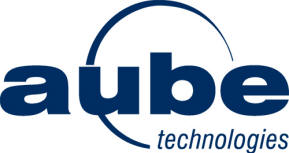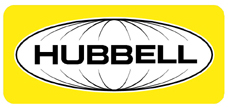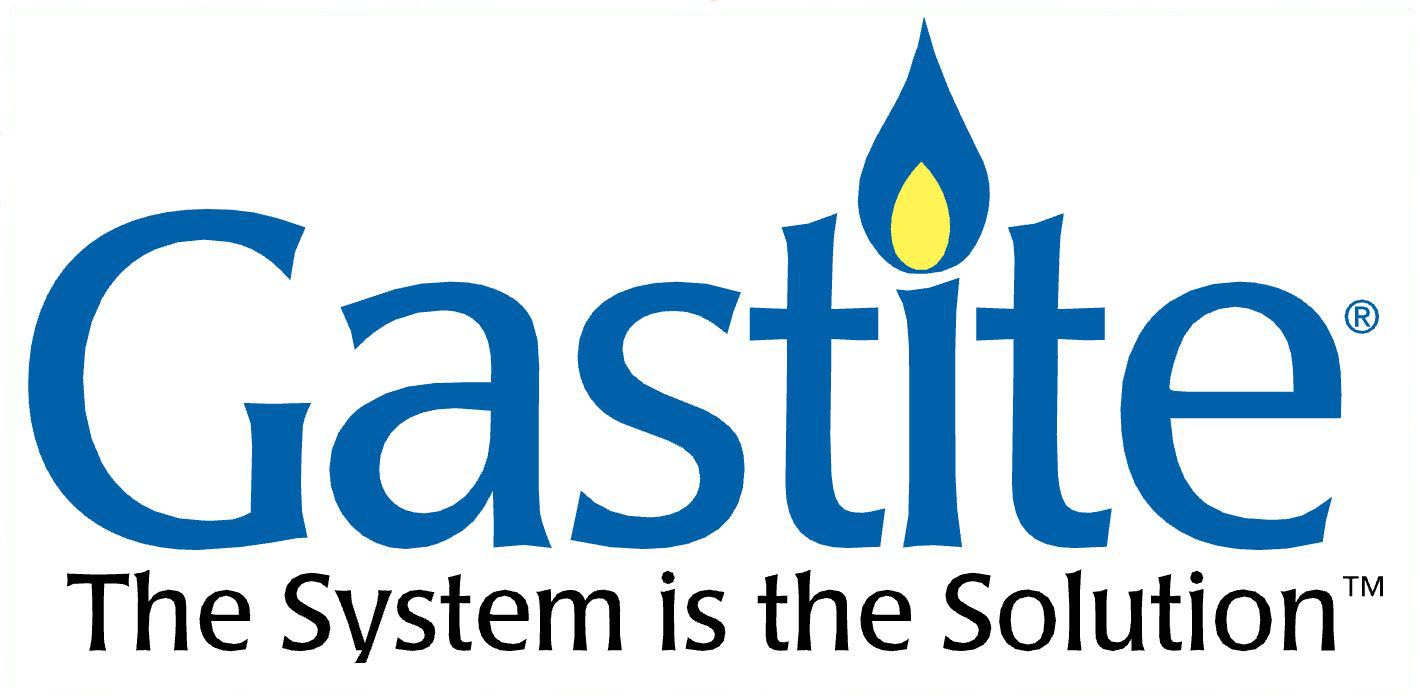How do manual ice melting controls work?
By David Beaulieu, About.com Guide
Question: How do manual ice melting controls work?
Answer: Manually operated controls schemes (or “on/off” systems) are the least efficient for snow removal, although they do a pretty good job of ice melting. They rely on you to say to yourself, "Gee, I heard it's going to snow; I'd better turn the snowmelt system on."
The fact that they are cold-start systems is problematic. They won't melt the snow as quickly as automated systems. If a large amount of snow has already accumulated on a cold driveway by the time you manually activate the system, only a thin layer at the bottom of the snowfall will initially get melted. The result is a dead-air space that works as an insulator. In this case, insulation is a bad thing. It will take awhile for the rest of the snow to be melted, as the dead-air space temporarily keeps the radiant heat away from the snow.
Avoid manually operated systems unless time is not an issue for you.
NOTE:
The above is from About.com Guide / Landscaping.
Facts:
Though quoted widely the information from About.com is very out of date. The information, while providing the caveat of "Avoid manually operated systems unless time is not an issue for you" is not an approved method of installation.
Please see our website under the inspectors tab to view the appropriate electrical code and International Energy Code adopted by all building code organizations and inspectors nationwide. www.SnowMeltInc.com/inspectors
It is not legal for any system to be installed in this manner. This type of system will not pass a proper township, city municipal inspection. Last but not least this has not been an approved method of installation in more than 15 years and shows how behind the times the knowledge and article was when written. But because it's on Google, because it's on other sites the above is treated as gospel.
-----------------------------------------------------------------------------------------------
What is the up-front cost of a snow-melt system?
By David Beaulieu, About.com Guide
Question: What is the up-front cost of a snow-melt system?
Answer: The exact cost to purchase a snow-melt system or "heated driveway" depends on many factors, such as whether the heated driveway can be tied into your home’s heating system, or must stand on its own. Another factor is the type of control scheme you choose -- a manual or an automated system. The latter are more expensive, and the cost goes up the more sophisticated they get.
But to give you some idea of up-front costs, let's assume you'll purchase a manual system. Systems regulated by manual control schemes usually cost "$10-$15/square foot," according to John Sweaney, design engineer at Watts Radiant. For example, if the total square footage of your driveway were 1000 feet, your up-front cost to have a snowmelt system installed under the whole driveway would be $10,000-$15,000.
NOTE:
The above are from About.com Guide / Landscaping.
Facts:
The above quoted costs are without any (legally required by code) automatic controls, high efficient materials and equipment, over sized control systems, excavation, permits, freight, electrical upgrade if required or installation fees for the additional work. Bringing the actual Turnkey pricing closer in line to $22 to $27 per square foot.
Though quoted by many a web surfing potential client, the About.Com information is very much out of touch with current costs, codes and real world requirements for the tri-state areas of NY, NJ and CT. Please read below and find answers to questions you may be searching for but have not found truly honest answers to.
Radiant Heated Walkways, Balconies, Driveways.
How Much Do They Cost to Install and Why.
By Ronald S Charnecky April 4th 2013
Chief Designer
SnowMeltInc.com
The price of asphalt alone has climbed over 35% in the last 6 years and the average costs today range from $3.00 to $5.00 even as high as $6.00 per square foot on Long Island, Westchester or inclined projects.
Let us explore why the price can have such a range:
Is your driveway flat? - This is the least expensive and would be priced accordingly $3.50 - $4.00 per square foot.
Is your driveway inclined? - This is where the cost of asphalt begins to pick up steam $4.00 - $5.00 per square foot.
Is your driveway severely inclined? - This is where pricing for all the required trades becomes more expensive. $5.00 to $5.50 per square foot.
Does your driveway have curves? - Depending if combined with any inclines can cost in the $4.50 to $6.00 per square foot.
Now that the above provides some insight, let us explore some additional compounding factors.
Time of Year:
Early in the season is best. The asphalt plants are newly opened and pricing for the work required is most competitive. Later in the season as oil prices rise as they always do towards the summer driving time, so does the price of asphalt, as oil is the main component in the pricing structure of the material.
End of Season:
Pricing of asphalt is at its highest. Asphalt plants begin closing and prices rise. Larger projects finish towards the end of the season and schedules are fullest.
Where is the Project?
North Jersey / Orange and Rockland counties have many asphalt plants and some remain open later in the season. Are you in Westchester? The cost for the same project in the Westchester and some Long Island areas can and do frequently run upwards of 20-25% more than other installation areas.
Infrastructure I:
Does your driveway have cracks, ruts, separations? If any of those items or a combination exist, this means that the infrastructure underneath will need some extra attention, though usually only a re-compaction and addition of materials is required - it all depends on the size of the driveway. But again there is a trucking fee and cost for the quarry process rock combination. If say you need one load, the trucking fee could be $225.00 and the QP could be $250.00 = 475.00 if your driveway is 500 square - you just added about $1.00 per square foot for a truck load of gravel or QP.
Size:
Yes a flat one car driveway requiring a short set of tracks will cost less. Why? Because the electrical service will suffice, the asphalt and infrastructure are obviously less, compared to a 150, 500 to 1000 foot long driveway requiring additional electrical infrastructure, controls and base excavation and materials.
Look:
Here is the great divide.
Some want look and will invest less in infrastructure.
Example: Asphalt has a median cost, tar and chip a bit less, brick pavers more, granite pavers higher.
Bringing all the trades under one cost control watchful eye can keep the quality high without sacrificing the look.
Costs between mason, pavers, electricians, can vary widely and if they are not versed in installing a radiant heat system they will charge more just because they feel they need to build in a reserve because they haven't done one before. When in fact there is really no big difference in what they have to do. It is really best to have a factory authorized installer that can use their resources to help keep your costs as low as possible.
Infrastructure II:
Drainage: Does the project require it? Does the project as existing already have sufficient drainage?
How do you know if you need drainage? Aside from the obvious, does the project have unfinished sides? Example: Asphalt edge meets grass, is the soil always wet hours after the rain stops? Does the asphalt have multiple dips or large cracks? If yes, then seriously consider it.
Who is designing:
You may choose to have anyone design your new heated or unheated driveway but, frankly speaking, don't waste money on a third party. You can have your engineer or architect provide plans for your project. Estimated cost $3500-$7500 dollars. Our in house designs for your project, average a cost of about $500-$1250.00 for an average driveway.
Who is running the project:
You can have yourself or your architect run the show which is perfectly fine with us. Or we can provide the service in our turnkey package, meaning that from the conception of the project, all the design infrastructure, schedules, materials, inspections, underground work and electrical system design is done by us. This provides you with the knowledge that you are getting exactly what can be done within your budget and you have one phone number to call.
Understanding, base materials, electrical primary and secondary wiring designs, controls, transformer choice, code compliance, providing shop drawings and drainage review and finally the creating of all of the aforementioned requirements and more to provide you an absolutely beautiful driveway in whatever material you choose, but below the beauty of your new driveway lies a designed system just waiting for the first flakes of snow to fall from the sky.
Safety:
Last but never least, safety. Do you ride the brakes down your hill when your driveway is Ice or Snow covered? Can you safely get fuel delivered? Friends and Family can they safely drive to your home? Do you find you are scheduling around weather for parties or get-togethers? How about work? Do you find yourself waiting hours for the plow to show up, still leaving an ice covered driveway? Have people fallen and been bruised or worse? or how about a simple pizza delivery or other take out on a snowy Saturday evening?
Trucking and Recycling:
The old asphalt and materials must be removed (trucked) to a recycling center, plant or storage facility.
Think of this. Go to your local home improvement store and pick out a bag of gravel, add sulfur, sand small crushed gravel, then add 2 quarts of tar and pick it up. No big deal huh.... understandable. The bag is about 5 inches high and about 1.5 feet long - around 80 pounds. That's about 40 pounds per square foot without additional base materials. We figure about 55 pounds per square foot when we calculate. Now, if your driveway is 100 foot long by 10 feet wide that total is 1000 square feet x 55 pounds per square foot equals 55,000 pounds. That is the same weight as about 10-12 small cars or over 6,600 gallons of water or over 12,500 bottles of Pepsi: either way it is a lot to truck and there are trucking, receiving and recycling fees.
Investment:
If you someday decide to sell your home and the buyer does not like swimming, odds are they will not buy your home because of the swimming pool. If your potential buyer does not like tennis, most likely you will not sell your home because of your tennis court. But nobody wants to shovel snow, nobody wants to chip ice and who enjoys late nights or 4:am shoveling or buying chemicals and spreading them? That is why your New Snow and Ice melt system is a 100% recoverable asset. Your home would have in any market a decided advantage over those other homes on the buyers list.
How much to run your new investment.
Question:
How much does it cost to operate Snow and Ice-Melt systems?
The most common questions people have about Snow and Ice-Melt systems pertain to costs -- both for installation and operation.
Answer:
The operating costs to run Snow and Ice-melt systems will vary greatly depending upon factors such as the severity
of the winter. Another factor is whether you choose to purchase a system with manual or automatic controls. But a typical snow-melt system in Buffalo, NY may cost about "$0.25-$.50/ square foot" to operate each year, while the same snow melt system in Richmond, VA would likely cost "$.10-$.25/square foot," according to John Sweaney, design engineer at Watts Radiant.
http://landscaping.about.com/cs/winterlandscaping/f/operating_costs.htm
Corrected for the NY/NJ/CT/PA region. The average kW (Kilowatt) cost does not include additional taxes that most energy providers charge their customers.
The average cost figures about $1.00 per 100 square feet, per storm running hour. So an average two track driveway severely uphill 50 feet long to a 20 foot by 30 foot pad would be a total of 800 square feet - divide by 100 square feet equals 8. Take the 8 and times it by $1.00 = $8.00 for the cost per running hour for the one hundred $8.00 that is it. Now take the running cost of $8.00 times a 6 hour storm event and it comes to $48.00. No white knuckle downhill driving, no sliding, no falling, no shoveling, no ice scraping, no chemicals, no noisy plow trucks, no waiting to get plowed out to go to work, virtually eliminate slip and fall issues, get a pizza delivered, have friends over, invite the in-laws, ok maybe not the last one but we are sure you get the point.
Information:
If you wish to proceed, the first step is trying to provide you a budgetary range.
Please go to our website and fill out a survey, it only takes a few minutes, then we can make an appointment to speak with you on the phone to provide you a budget or we will need it for a site visit if required.
Should you have any questions please call us at 973-728-5745 or email us at Sales@SnowMeltInc.com or you may reach our Chief Designer Ron Charnecky at Ron@SnowMeltInc.Com

















